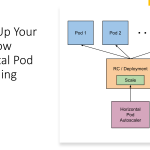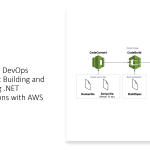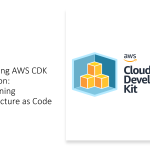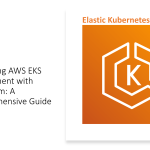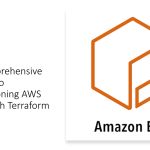Azure Kubernetes Service(AKS) offers several options for managing identities within Kubernetes clusters, including AKS Managed Identity, Pod Managed Identity, and Workload Managed Identity. Here’s a comparison of these three options:
| Key Features | AKS Managed Identity | Pod Managed Identity | Workload Managed Identity |
|---|---|---|---|
| Overview | A built-in feature of AKS that allows you to assign an Azure AD identity to your entire cluster | Allows you to assign an Azure AD identity to an individual pod | Allows you to assign an Azure AD identity to a Kubernetes workload, which can represent one or more pods |
| Scope | Cluster-wide | Pod-specific | Workload-specific |
| Identity Type | Service Principal | Managed Service Identity | Managed Service Identity |
| Identity Location | Cluster | Node | Node |
| Usage | Generally used for cluster-wide permissions, such as managing Azure resources | Useful for individual pod permissions, such as accessing Azure Key Vault secrets | Useful for workload-specific permissions, such as accessing a database |
| Limitations | Limited to one identity per cluster | Limited to one identity per pod | None |
| Configuration Complexity | Requires configuration of AKS cluster and Azure AD | Requires configuration of individual pods and Azure AD | Requires configuration of Kubernetes workloads and Azure AD |
Here are a few examples of how you might use each type of identity in AKS:
AKS Managed Identity
Suppose you have an AKS cluster that needs to access Azure resources, such as an Azure Key Vault or Azure Storage account. You can use AKS Managed Identity to assign an Azure AD identity to your entire cluster, and then grant that identity permissions to access the Azure resources. This way, you don’t need to manage individual service principals or access tokens for each pod.
Pod Managed Identity
Suppose you have a pod in your AKS cluster that needs to access a secret in Azure Key Vault. You can use Pod Managed Identity to assign an Azure AD identity to the pod, and then grant that identity permissions to access the secret in Azure Key Vault. This way, you don’t need to manage a separate service principal for the pod, and you can ensure that the pod only has access to the resources it needs.
Workload Managed Identity
Suppose you have a Kubernetes workload in your AKS cluster that needs to access a database hosted in Azure. You can use Workload Managed Identity to assign an Azure AD identity to the workload, and then grant that identity permissions to access the database. This way, you can ensure that the workload only has access to the database, and you don’t need to manage a separate service principal for each pod in the workload.
In summary, each type of AKS identity has its own strengths and use cases. AKS Managed Identity is useful for cluster-wide permissions, Pod Managed Identity is useful for individual pod permissions, and Workload Managed Identity is useful for workload-specific permissions. By choosing the right type of identity for your needs, you can simplify identity management and ensure that your AKS workloads have secure and controlled access to Azure resources.
